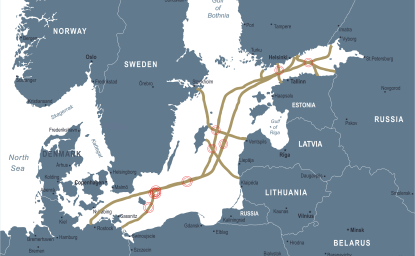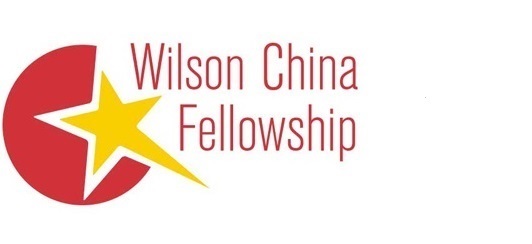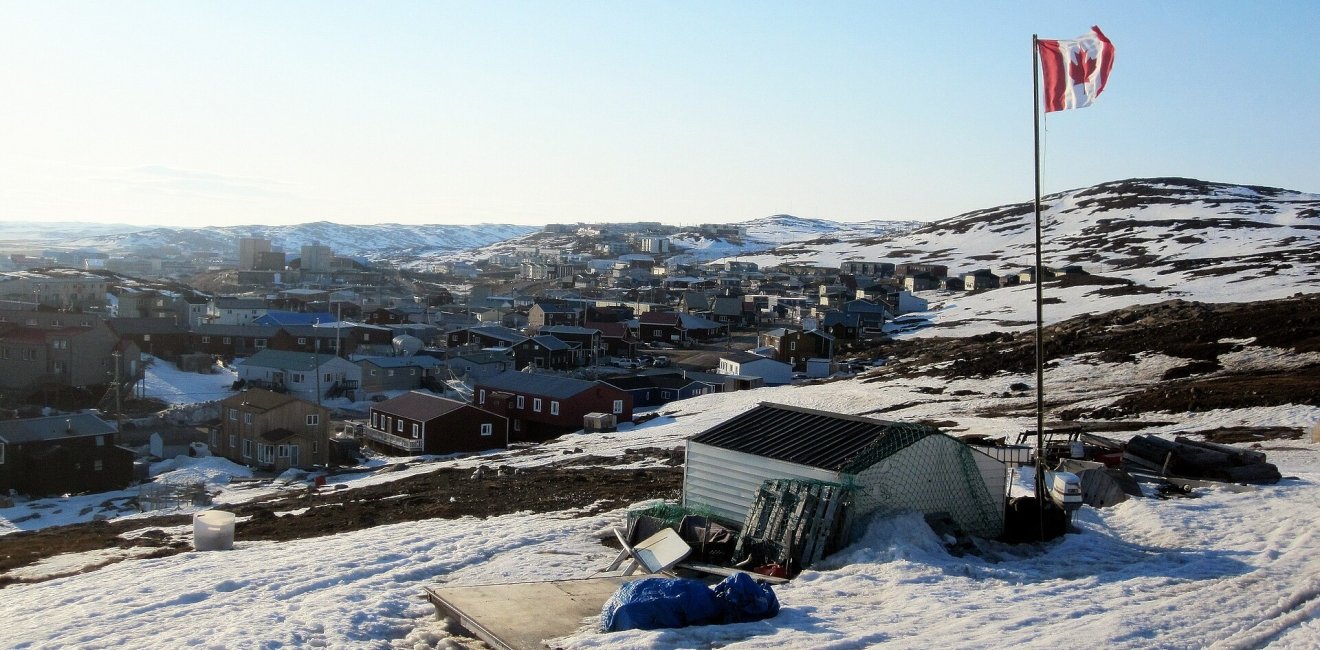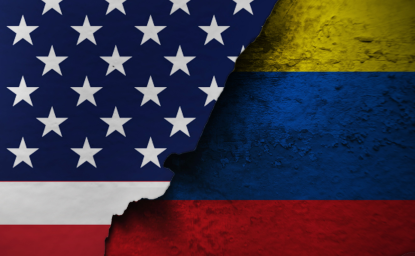Donald Trump is forcing all levels of Canadian government and Canadians to rethink many of the long-held assumptions about what it means to be an ally of the United States. Border security is thickening, a fentanyl tsar is proposed, trade negotiators are preparing arguments to counter the threat of tariffs, and there is renewed emphasis on spending 2% of GDP on defence. Anything that benefits Canada and address US concerns are helpful. Off the cuff suggestions are not.
In a Globe and Mail article on 30 January 2025, Danielle Smith, Premier of Alberta, was quoted as “suggest[ing] that Canada deepen collaboration with the U.S. on Arctic security and aerospace defense by establishing a joint NORAD military base in the Canadian North."
There is a helpful sentiment to this statement, but three problems with this proposal. First, the sentiment, if read as the United States and Canada must jointly improve the defense of North America, especially through the myriad North American Aerospace Defence Command (NORAD) modernization projects, is true and helpful. The binational NORAD, operational since 1957, has three missions: to warn of aerospace threats incoming to North America (from all approaches, not just the Arctic), defeat the air threats when necessary (aerospace control), and warn of maritime threats. This requires resources, coordination, and a continued binational approach – meaning, the joint defense of North America, not just of Canada or the United States in parallel, and this will require deepening cooperation and integration. Recent Russian and Chinese actions have shown that the defense of North America can no longer be taken for granted and must evolve to keep pace with our adversaries. Ms. Smith is absolutely correct.
The three problems, however, are as follows. First, the statement suggests that there is no NORAD presence in the Arctic. There is, in fact, a very large NORAD base in the Arctic – at Joint Base Elmendorf-Richardson, Alaska - covering the Alaskan NORAD region with a Canadian Deputy Commander mandated to assist, as per the binational agreement, all of North America. It is one of the three NORAD regional headquarters. The other is in Winnipeg for Canada and Tyndall, Florida, for the continental United States. What is more, the most important NORAD assets are found in Alaska, Canada, and Greenland – the series of short and long-range radars called the North Warning System – which will soon be augmented with an Arctic and Polar Over the Horizon Radar Systems not to mention maritime sensors, satellites, and new command and control systems to benefit the Arctic and all of North America.
Next, Canada has four forward operating locations for NORAD fighter jets in Yellowknife, Iqaluit, Inuvik, and Goose Bay. Canada's signals' intelligence base ALERT in the high Arctic at the tip of Ellesmere Island provides vital geolocation capability to support operations and high frequency and direction-finding facilities to support Search and Rescue (SAR) and other operations. Beyond NORAD, Canada’s primary and persistent military presence in the Canadian Arctic is Joint Task Force North (JTFN), headquartered in Yellowknife (Northwest Territories) with small detachments in Whitehorse (Yukon) and Iqaluit (Nunavut). JTFN is responsible for all of the Arctic, the largest geographic region of any of Canadian Joint Operation Command’s (CJOC) six Regional Joint Task Forces (RJTF) supported by fewer than 300 military personnel. The other essential military presence in the Canadian Arctic is the 1,725 Canadian Rangers of the 1 Canadian Ranger Patrol, which falls under the Canadian Army Reserves.
But the most problematic error is to assume that more military/NORAD is the solution to a myriad of safety and security issues that are not in the purview or mandate of the military fix. Arctic hamlets have some of the highest suicide rates; they lack infrastructure, adequate housing, affordable food, access to tertiary health care, and reliable and affordable internet. None of this has been solved by more military troops in the Arctic. In many cases, they will exacerbate the lack of housing and infrastructure and drain the energy supplies of the Arctic communities. Climate change is an existential threat, but all of these safety issues in and around the Arctic are not for the military to solve.
The question to ask is what are the problems and what are the corresponding solutions? NORAD has a plan and funding commitments to manage threats through the Arctic. Canada’s biggest contribution is to warn of and control any aerospace threats approaching North America from the Arctic between 10 and 2 on a clock face. While approaches from 10 and 2 are reasonably covered by air defenses, it is the 12 o'clock position that needs attention given that ALERT, for example, is 3990 Km from Winnipeg and the main fighter bases in Canada are in Cold Lake, Alberta, and Bagotville, Quebec. However, climate changes, lack of reliable fuel sources, and infrastructure mean a NORAD-like base in the Canadian Arctic is unlikely. Rather, the focus is on sensors to warn of any threats as far away in time and space as possible, hence the need for NORAD modernization to proceed apace.
What Canada does need immediately, and is easily achieved, is a named operation for continental defense missions. OP Nanook (the four times yearly exercises) in the north linked to sovereignty/ presence and working with other government departments and local communities have never been about the defense of North America directly. Rather, they are geared to test consequence management, environmental protection, and support to the RCMP. Naming an operation (such as OP REASSURANCE - CAF support to NATO’s assurance and deterrence measures in Central and Eastern Europe) means that the operation is funded, resourced and tracked by the Canadian Joint Operations Command to ensure the operation’s success including collection of data and metrics connected to the operation.
The defense of North America, primarily achieved via NORAD and other missions, has no named operation. That means, for example, that when jets are scrambled to meet a Russian fighter in the Arctic, there are no incremental funds apportioned to the RCAF for this mission. Often money from other funds (such as routine Operations & Maintenance- or O&M) need to be used at risk. Now, the O&M funds apportioned to the RCAF are typically limited and tailored to routine operations, and there is no specific additional incremental and allocated operational reserve provided for the defense of North America, which includes the Arctic.
Premier Smith’s call should have been for a report on the status of NORAD modernization projects from Canada and the United States and a named operation for the defense of North America. I suggest OP KANATA, but there are other options. Most importantly, a named operation means that future defense decisions can be made with data and evidence.
This piece is published in partnership with the North American and Arctic Defence and Security Network (NAADSN)
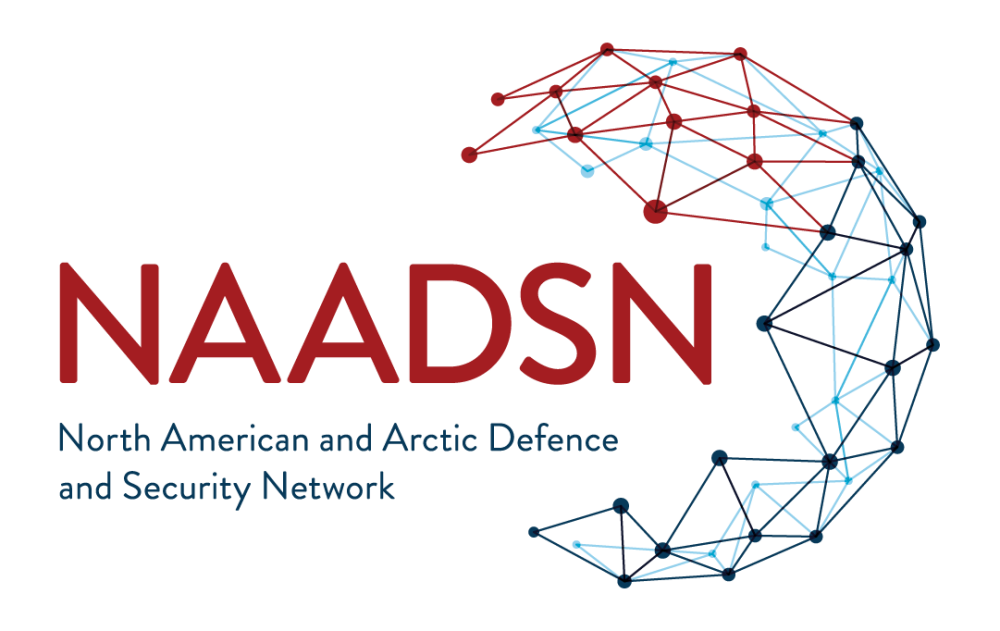
Author

Director, Centre for Defence and Security Studies (CDSS); Professor, Political Studies, University of Manitoba

Canada Institute
The mission of the Wilson Center's Canada Institute is to raise the level of knowledge of Canada in the United States, particularly within the Washington, DC policy community. Research projects, initiatives, podcasts, and publications cover contemporary Canada, US-Canadian relations, North American political economy, and Canada's global role as it intersects with US national interests. Read more

Explore More
Browse Insights & Analysis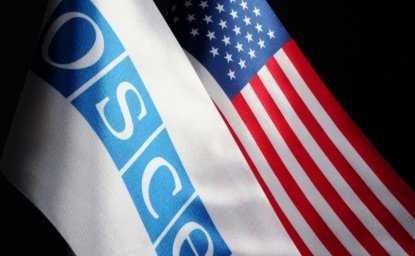
The OSCE is a Good Value for America
